There’s something haunting and beautiful about the sound of a humpback whale’s song.Those deep, echoing melodies drifting through the ocean. They can last for hours and travel across entire ocean basins.
For decades, scientists have wondered: Why do humpback whales sing? Are they calling to a mate? Communicating across the deep? Or is something more going on?
As it turns out, whale song might not be as simple or as romantic as we once thought.
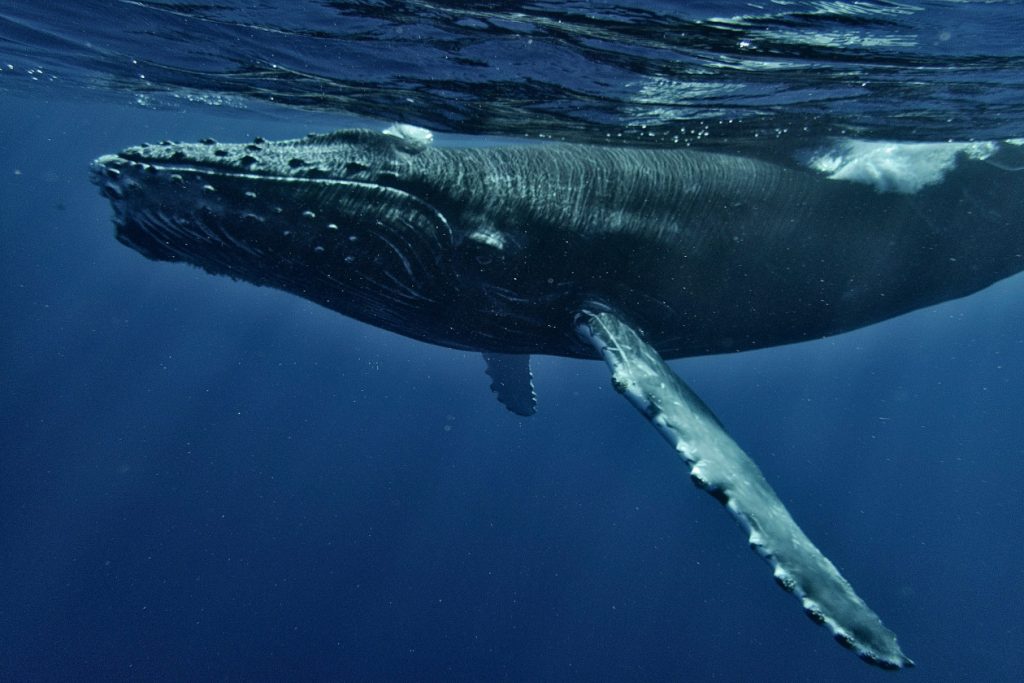
Not Just a Serenade for Love
The most popular theory is that male humpback whales sing to attract females. It makes sense: only the males sing the long, complex songs we usually associate with them, and they do it most often during breeding season.
These performances could be a way to show off strength, health, or experience. Basically the whale version of a Tinder profile.
But there’s more to the story. Recent research suggests that humpback whale songs might not be just for wooing a mate. In fact, these songs could be a kind of exploration tool—something closer to sonar than serenade.
Example of his singing: https://www.youtube.com/watch?v=3fVP0ug4LaI
A Whale’s Jazz Jam Session

Psychologist Eduardo Mercado III and his team at the University at Buffalo took a closer look at how individual whales actually sing. What they found flipped a lot of assumptions upside down.
Instead of just repeating the same song patterns over and over (like birds do), humpback whales constantly change things up. They tweak the length, tone, and rhythm of their sounds like jazz musicians improvising on the fly.
Sometimes they follow a steady pattern, and then suddenly switch things up mid-song, but still in a controlled, deliberate way.
In other words, humpbacks aren’t just playing a recording. They’re actively creating and adjusting their songs in real time. And that suggests they’re not just performing for an audience, but doing something much more complex.
You may also be interested in: 5 sea animals at Caño Island that you will love to see.
Songs That Paint a Picture
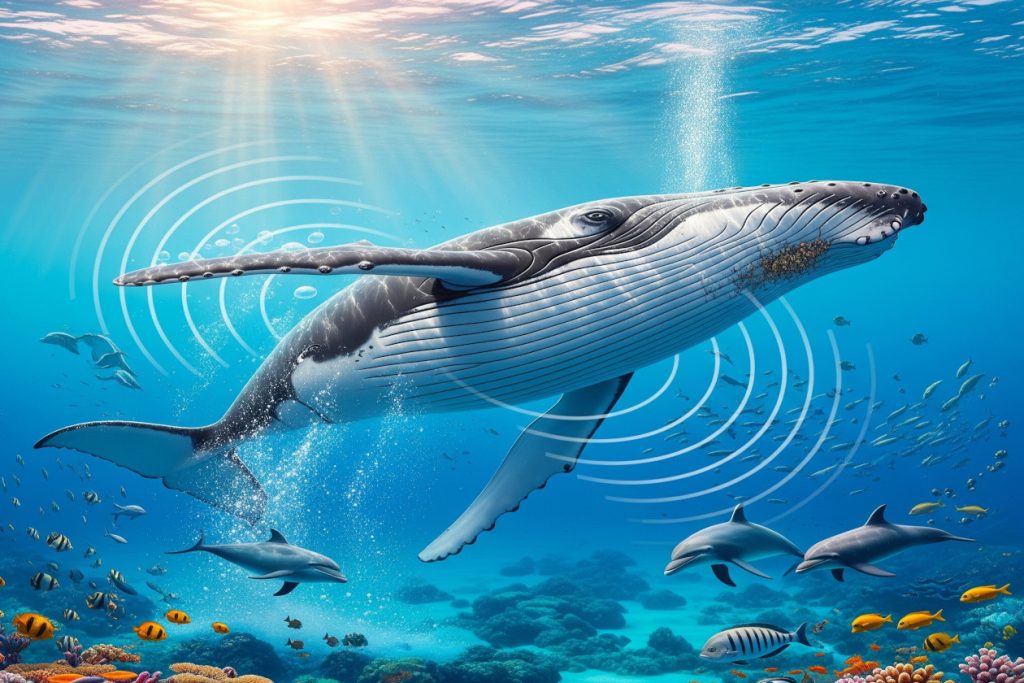
So, what are they doing? One idea is that whales use their songs to “see” their surroundings. Similar to how bats use echolocation. Sound travels much faster and farther in water than in air, so whales might be bouncing their songs off underwater features to get a better sense of where they are and what’s around them.
Mercado’s team thinks these whales might actually be crafting detailed soundscapes, changing their songs depending on what they’re hearing back. It’s a fascinating idea: a whale singing not to impress others, but to better understand its world.
More Than One Purpose
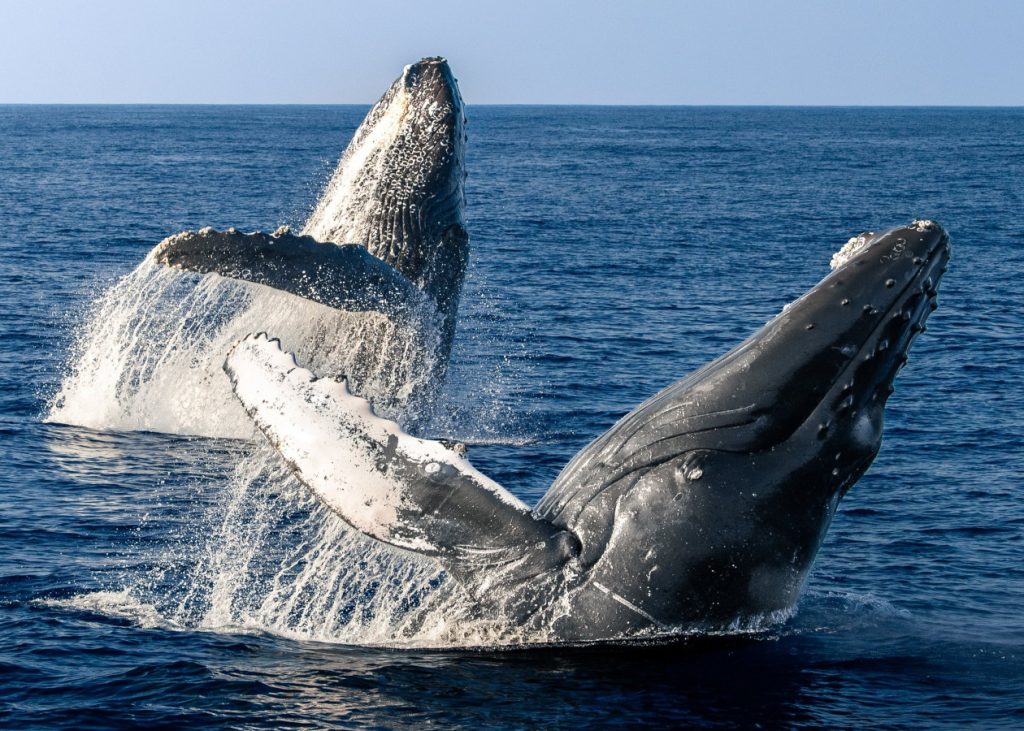
While the sonar theory is gaining interest, it doesn’t mean all the earlier ideas are wrong. In fact, whale song probably serves multiple purposes. Here’s what scientists currently believe humpback whales might be doing when they sing:
- Attracting mates: Still a strong contender, especially during breeding season.
- Communicating: Songs might help whales stay in touch, organize group behavior, or even signal mood.
- Navigating: Echoes from their own songs could help them map the seafloor or find other animals.
- Socializing: Singing might help maintain relationships or settle dominance disputes.
- Passing on culture: Whale songs aren’t static—they evolve. Young whales learn songs from older ones, and entire populations can adopt new tunes over time.
This last point is especially intriguing. It shows that whale songs aren’t just instinctual—they’re cultural. Songs can be learned, changed, and even spread across oceans as different whale groups interact.
So, How Do Whales Sing Without Vocal Cords?
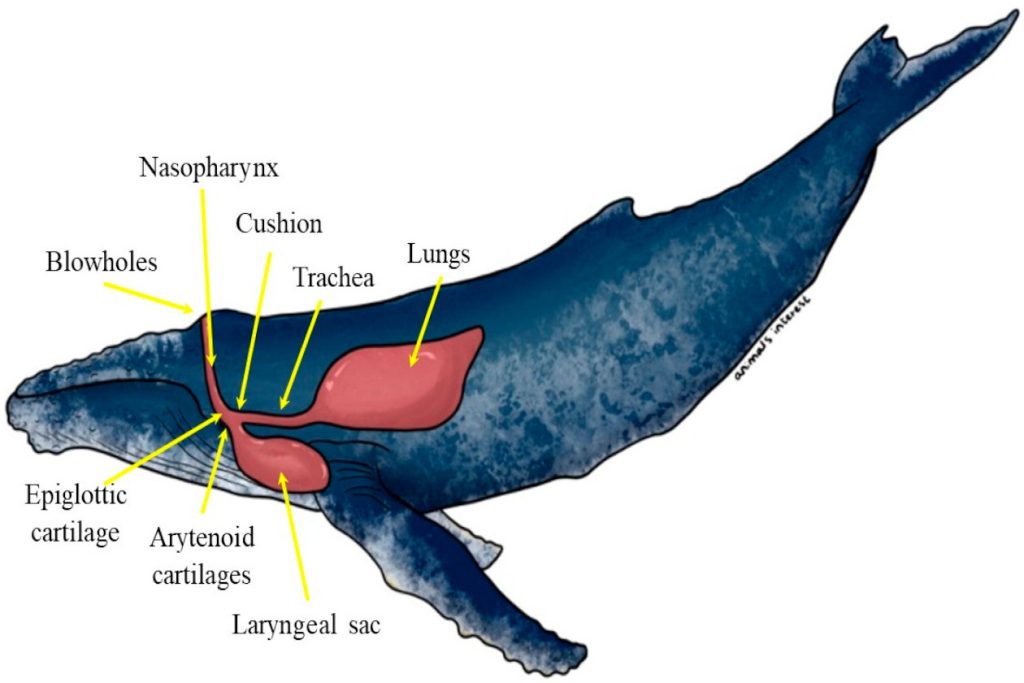
Fun fact: humpback whales don’t have vocal cords like we do. Instead, they use a special setup involving nasal sacs and a modified larynx. They move air through these structures to create vibrations, which then resonate through their bodies. Especially in the head. It’s a bit like playing a giant wind instrument underwater.
And despite singing underwater, they don’t choke. Their anatomy is designed to keep air and water separate, letting them “sing” without ever opening their mouths.
Who’s Listening, Anyway?
Interestingly, even though whale song is most often linked to mating, we don’t really have solid evidence that females are responding to the songs. Some scientists think the singer may not even be directing the song at anyone in particular. It might be more like a whale’s internal dialogue, shaped by its perception of the world.
In that sense, whale song could be more self-directed than social. A whale might sing because it helps it process its environment, not necessarily because another whale is listening.
Do Female Whales Sing Too?
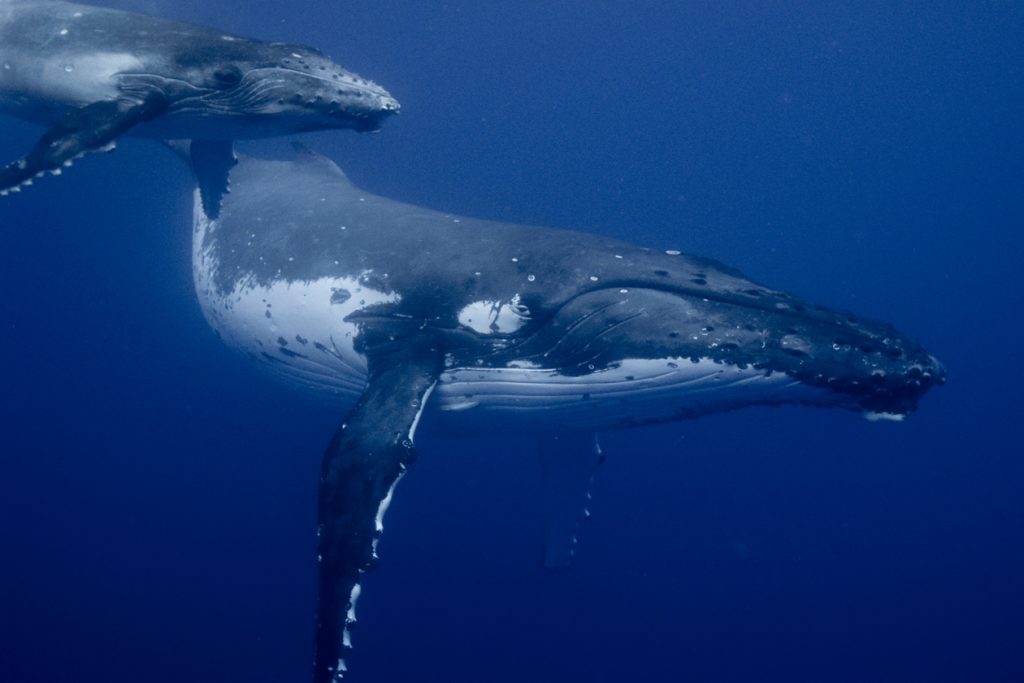
Mostly, it’s the males who perform those long, complex tunes. But female whales do make vocal sounds. Especially when they’re with their calves. These vocalizations are simpler and more functional, like a mom calling to her baby rather than performing a full concert.
Louder Than a Jet Engine
To be heard across the ocean, you need serious volume. Some whale songs have been measured at up to 180 decibels, louder than a jet engine at takeoff.
That incredible power helps their calls travel hundreds or even thousands of kilometers, connecting whales across vast distances.
The Big Picture: Whales as Acoustic Architects
Humpback whale song is one of the most remarkable vocal behaviors in the animal kingdom. It’s complex, flexible, and seems to serve a wide variety of roles, from communication and navigation to self-exploration and social bonding.
We still don’t fully understand what’s going on in a whale’s mind when it sings. But what we do know is that these songs aren’t just instinctual noise. They’re thoughtful, evolving soundscapes that say a lot about how whales interact with their world.
So the next time you hear a recording of whale song, remember: you’re not just listening to a mating call. You’re eavesdropping on one of the most mysterious conversations in the ocean, one that we’re only just beginning to understand.
Want to Hear It for Yourself?
Whale-watching tours in places like Marino Ballena National Park, on Costa Rica’s Pacific coast, offer you a front-row seat to the magic.
Hearing a humpback whale sing in its natural environment is an unforgettable experience and a powerful reminder of how much we still have to learn about these gentle giants.
Let’s Recap
Humpback whale songs are more than just beautiful sounds drifting through the ocean. They’re complex, evolving behaviors that may serve multiple purposes.
While it’s long been believed that whales sing mainly to attract mates, new research suggests they may also be using their songs to explore their environment, communicate, navigate, and even process their surroundings.
With each haunting melody, these gentle giants remind us just how much we still have to learn about life beneath the waves.
Sources:
- Mercado, E., Ashour, M. & McAllister, S. (2022). Cognitive control of song production by humpback whales. Animal Cognition.
- Buckingham, S. (2024). Why Do Humpback Whales Sing? Three Islands Whale Shark Dive.
